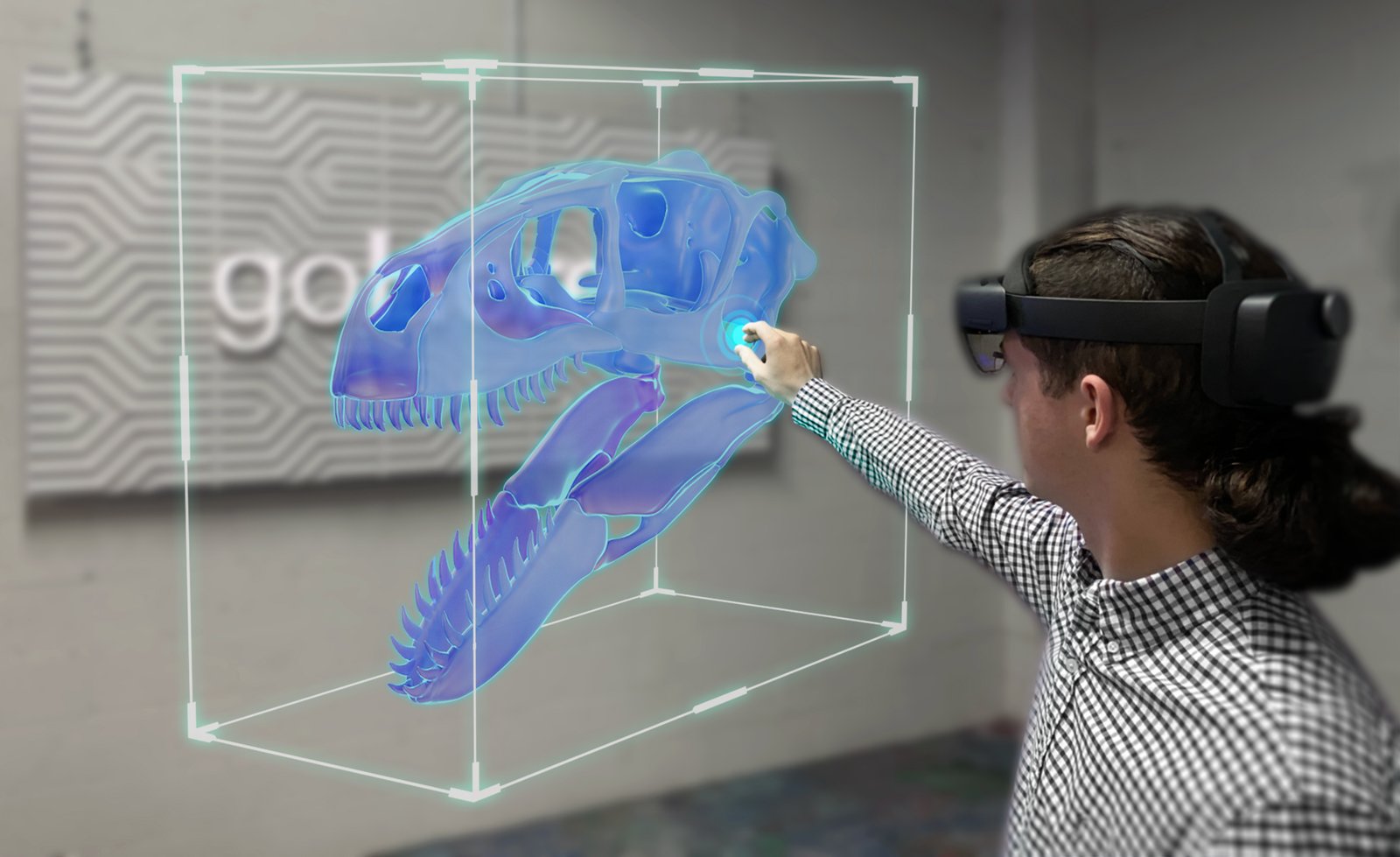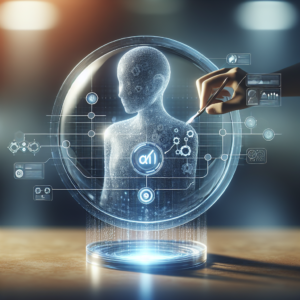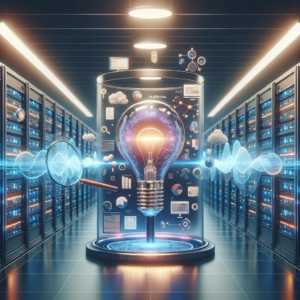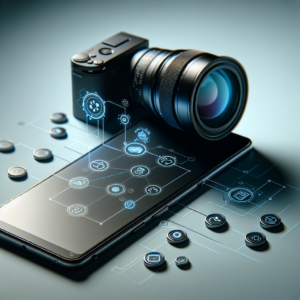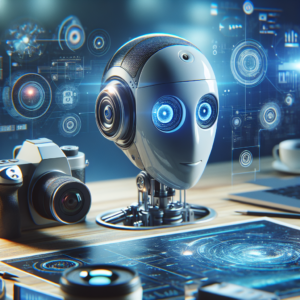What if I told you that the way we learn and train for various professions is changing right before our eyes? The integration of mixed reality into educational settings is becoming more prevalent, and the implications are nothing short of fascinating. Today, I want to share my thoughts on how mixed reality is shaping the landscape of education and training.
Understanding Mixed Reality
Mixed reality (MR) merges the physical and virtual worlds, allowing interactions with both digital and real-world elements simultaneously. Imagine looking at a complex anatomical model that not only allows you to see the outside but also reveals its inner workings with just a tap of your finger. This technology is not just for gamers or tech enthusiasts; it’s making waves in education and training sectors.
The Evolution of Mixed Reality in Education
In the past decade, we’ve witnessed remarkable advancements in technology. With the development of augmented reality (AR) and virtual reality (VR), mixed reality has emerged as a crucial player. Each step of this evolution has made learning experiences more immersive and engaging.
-
From Textbooks to Interactive Experiences We’ve all flipped through pages of textbooks filled with facts and figures. However, with MR, those stark images can come to life. This shift means that I can interact with 3D models, animating scenarios that help me understand concepts more deeply.
-
Technological Breakthroughs The influx of affordable MR devices makes it increasingly accessible. Schools and training facilities now have the tools to implement these technologies, promoting a hands-on and experiential learning approach.

This image is property of www.gigxr.com.
Benefits of Mixed Reality in Education
Several benefits come with integrating mixed reality into educational frameworks. From enhancing engagement to improving retention, these advantages are worthy of examination.
Enhanced Engagement
One of the most noticeable effects of MR in education is the increased engagement from students. When I think about my learning experiences, I can honestly say that I was more focused when I was involved in activities rather than sitting through lectures.
-
Immersive Learning Environments The way MR creates immersive environments captivates students, allowing them to connect more with what they learn. Instead of merely reading about history, for instance, I can step into a virtual reenactment of historical events.
-
Motivation Boost The novelty of using cutting-edge technology excites students. Engaging with lessons through MR can spark curiosity that textbooks alone may not; I found myself more eager to learn when technology was involved.
Improved Retention and Understanding
Retaining information is crucial in education. I often struggle to remember facts unless I can relate them to something tangible. Mixed reality creates such connections effortlessly.
-
Experiential Learning Learning through doing has proven to be effective. MR allows me to practice skills in a safe environment, which increases real-world retention. For instance, using simulated surgical environments helps medical students understand procedures far better than textbook study alone.
-
Visual Learning With MR, complex processes become visual. For instance, seeing how a chemical reaction unfolds in real-time helps solidify understanding more than mere explanation ever could.
Accessibility for Diverse Learning Styles
I’ve always believed that everyone learns differently. Mixed reality caters to various learning styles, providing a flexible approach that can benefit all students.
-
Visual, Auditory, and Kinesthetic Learning MR’s ability to engage multiple senses means I can learn in the way that best suits me—whether it’s seeing, hearing, or doing. For instance, a visual learner like me benefits from graphics, while auditory learners grasp concepts through guided instructions and discussions.
-
Inclusive Education MR helps those with disabilities gain greater access to education. Tailoring experiences to individual needs ensures that every learner can thrive in mixed-reality settings.

This image is property of cdn.prod.website-files.com.
Applications of Mixed Reality in Training
Aside from educational institutions, mixed reality is making impressive headway in training professionals across various industries.
Healthcare Training
One of the most prominent applications of mixed reality is in healthcare. This industry has rapidly adopted MR technologies for training purposes.
-
Surgical Simulations I read about how medical students can practice complex surgeries in a simulated environment long before they ever touch real patients. These simulations mean practitioners can hone their skills without risking anyone’s health.
-
Patient Simulation Mixed reality also allows the practice of patient interaction. Role-playing scenarios help future healthcare workers develop empathy and communication skills necessary for the field.
Manufacturing and Engineering
In sectors like manufacturing and engineering, training programs have also started using mixed reality to elevate foundational skills.
-
Hands-On Learning When I start training in a new field, having hands-on experience is crucial. MR allows for safe practice in high-risk environments or with expensive equipment, facilitating skill acquisition without the associated risks.
-
On-the-Job Training Mixed reality is paving the way for on-site training. I can visualize complex machinery using MR, which aids not only in learning how things work but also in understanding safety procedures in real-time.
Military and Defense Training
The military has long recognized the importance of realistic training scenarios. Mixed reality is transforming how soldiers train for various missions.
-
Immersive Warfare Drills Participating in simulated warfare helps soldiers prepare for real-life scenarios. Training in a risk-free environment allows for better decision-making under pressure without the cost of an actual deployment.
-
Team Coordination I appreciate how MR can enhance team coordination. Soldiers can practice missions together, refining communication strategies and ensuring everyone is on the same page long before they hit the ground.
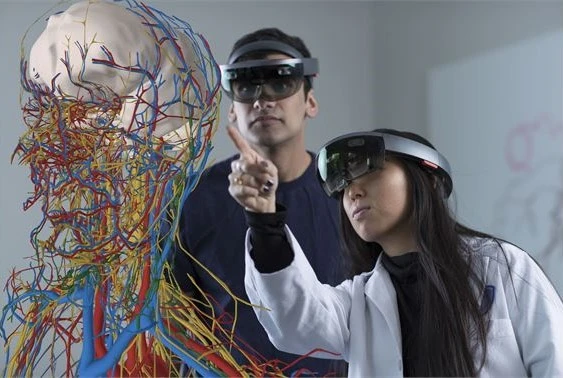
This image is property of capsulesight.com.
Challenges of Implementing Mixed Reality in Education
Despite the benefits of mixed reality, implementing it in education and training settings comes with its own set of challenges.
High Initial Costs
One of the most significant barriers to widespread adoption is the upfront investment required.
- Hardware and Software Expenses I understand that procuring the necessary hardware and software can be prohibitively expensive. While prices have decreased, a budget is still a concern for many educational institutions.
Technological Limitations
Even with impressive advancements, certain limitations can hinder the full potential of mixed reality.
-
User Experience MR experiences must be well-designed to be effective. Complex interfaces can frustrate users. Simplifying these designs can help me—and students like me—grasp concepts without the tech becoming a hurdle.
-
Content Availability The range of content available for MR applications can be limited. Universities and training organizations should prioritize developing rich, engaging content that maximizes the technology’s potential.
Training Instructors and Facilitators
Another challenge focuses on ensuring educators and trainers feel equipped to implement mixed reality effectively.
-
Professional Development It’s essential that instructors receive adequate training in mixing reality tools. I believe that many educators may feel apprehensive about incorporating new tech without proper support.
-
Adaptation to New Teaching Methods Integrating MR into curricula may require a shift in how I teach or learn. Facilitators need support in adapting their existing content to leverage mixed reality fully.

This image is property of www.neilsahota.com.
Future of Mixed Reality in Education and Training
Looking forward, I find the future of mixed reality in education and training incredibly promising. As technology evolves and becomes more affordable, I foresee some exciting developments on the horizon.
Continuous Improvement and Innovation
With tech giants investing in MR, we can expect continuous improvements in hardware and software capabilities.
-
Better User Interfaces As user experience is prioritized, I will enjoy smoother MR experiences that facilitate learning without distractions.
-
Expanding Content Libraries New content will allow institutions to tap into various subjects, enriching the overall learning experience.
Integrating with Traditional Methods
I sense a significant movement toward integrating mixed reality with traditional educational methods.
-
Blended Learning Models Imagine combining the best of both worlds—MR experiences alongside traditional lectures. This blend would allow me to learn through various means while keeping engagement high.
-
Assessment and Analytics Incorporating MR into assessments can yield data on student performance, helping educators tailor their approaches for better outcomes. I find personalized feedback incredibly valuable in my learning journey.
Global Accessibility
With the movement towards virtual learning environments, I envision mixed reality reaching underserved communities and learners worldwide.
-
Remote Learning Opportunities Using MR for remote learning can provide engaging educational experiences for those in isolated locations. I believe this technology can bridge gaps where traditional education falls short.
-
Collaborative Learning The power of mixed reality can bring together students from different backgrounds and locations, fostering collaboration and cultural exchange. I am passionate about learning from diverse perspectives.
In conclusion, mixed reality is more than a technological novelty—it’s an innovative approach that has the potential to reshape education and training altogether. I’ve shared how its benefits of engagement, improved retention, and catering to learning styles are paving the way for a more versatile learning landscape.
I am genuinely excited about what the future holds as mixed reality continues to evolve. The challenges I mentioned are merely hurdles to overcome as we engage with this transformative technology. By addressing these issues, I believe we can unlock a new era of education that is effective, engaging, and accessible to everyone.
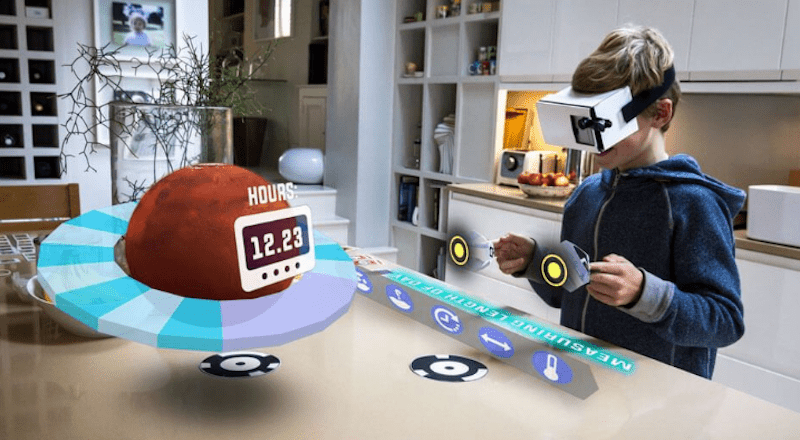
This image is property of www.eduporium.com.

